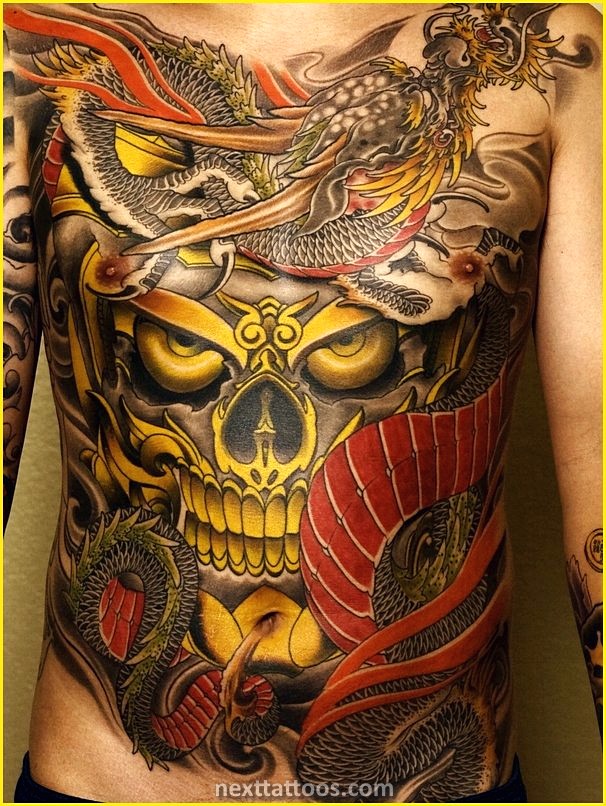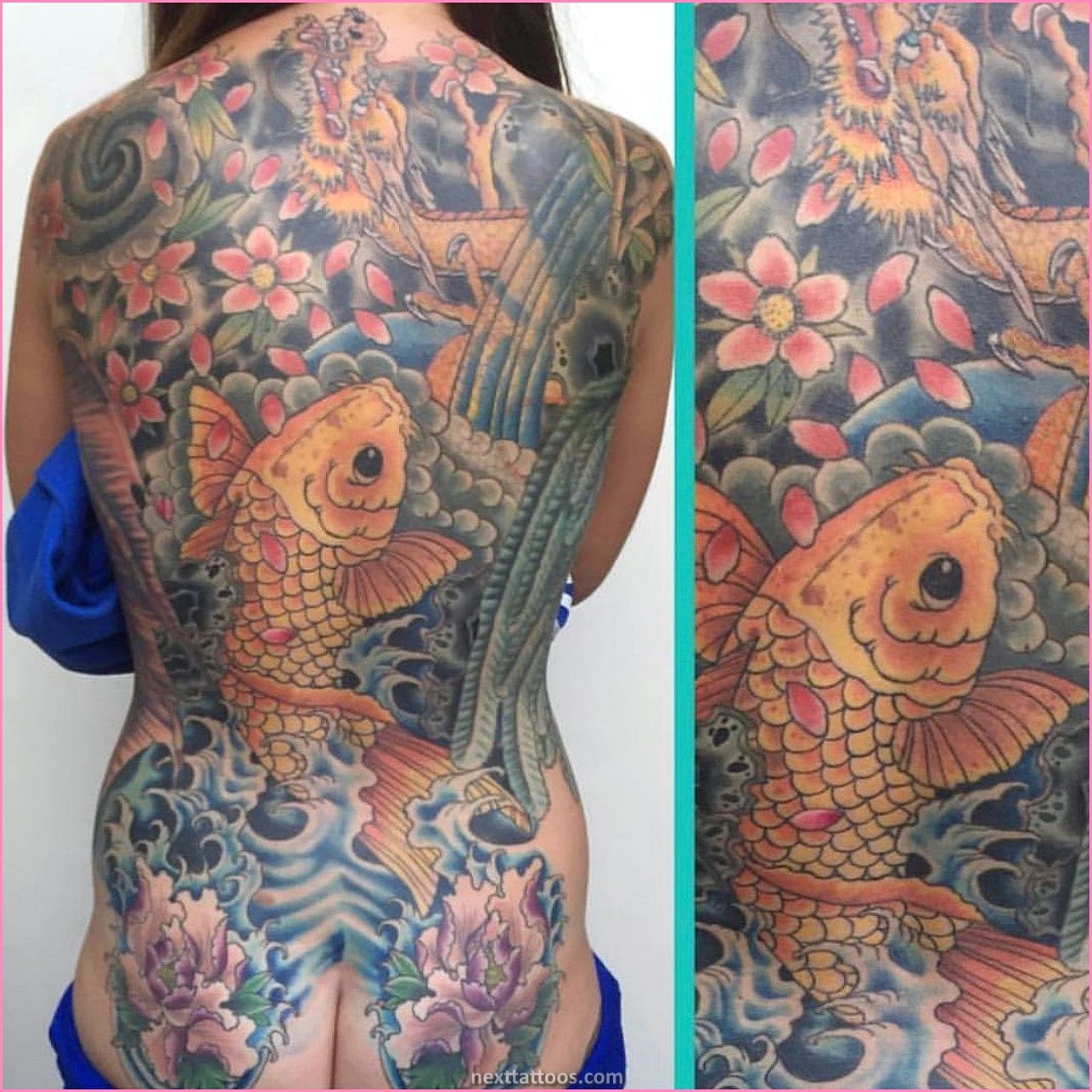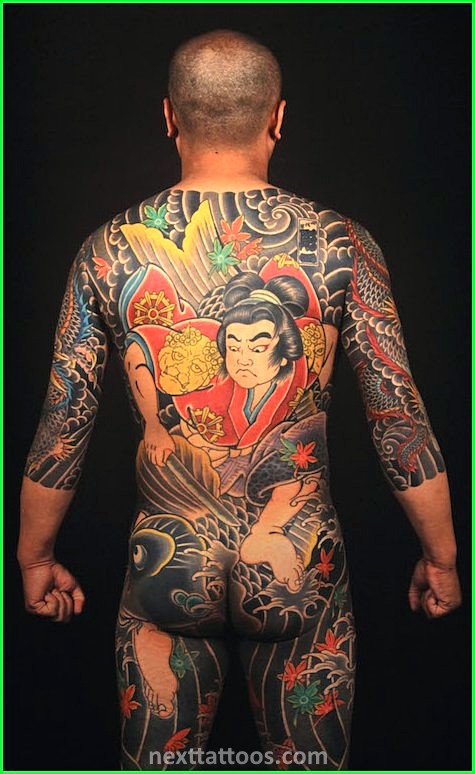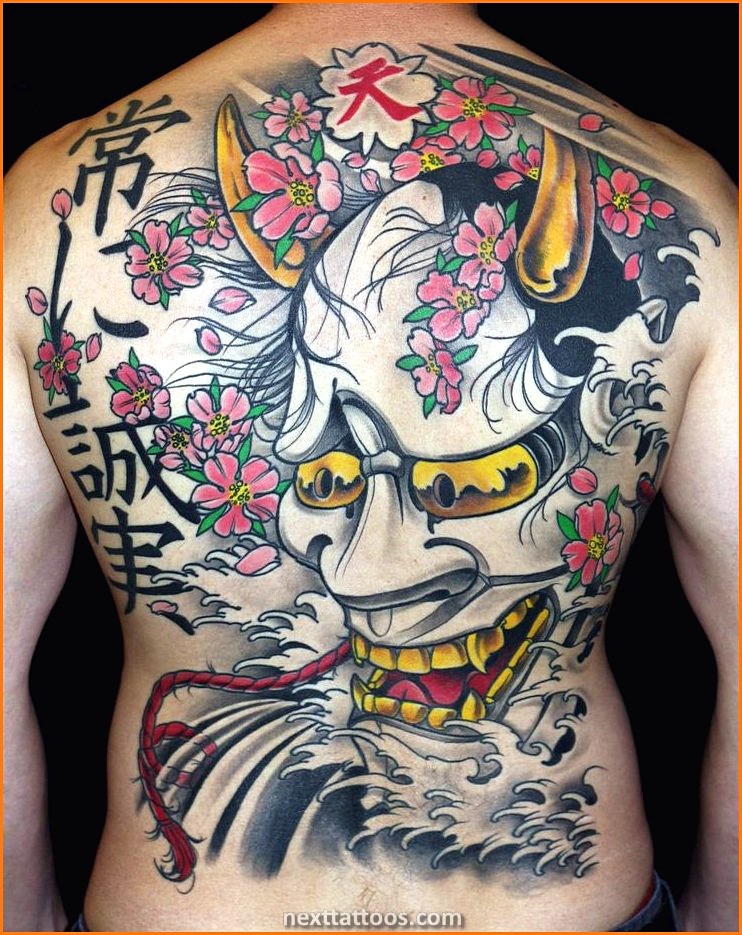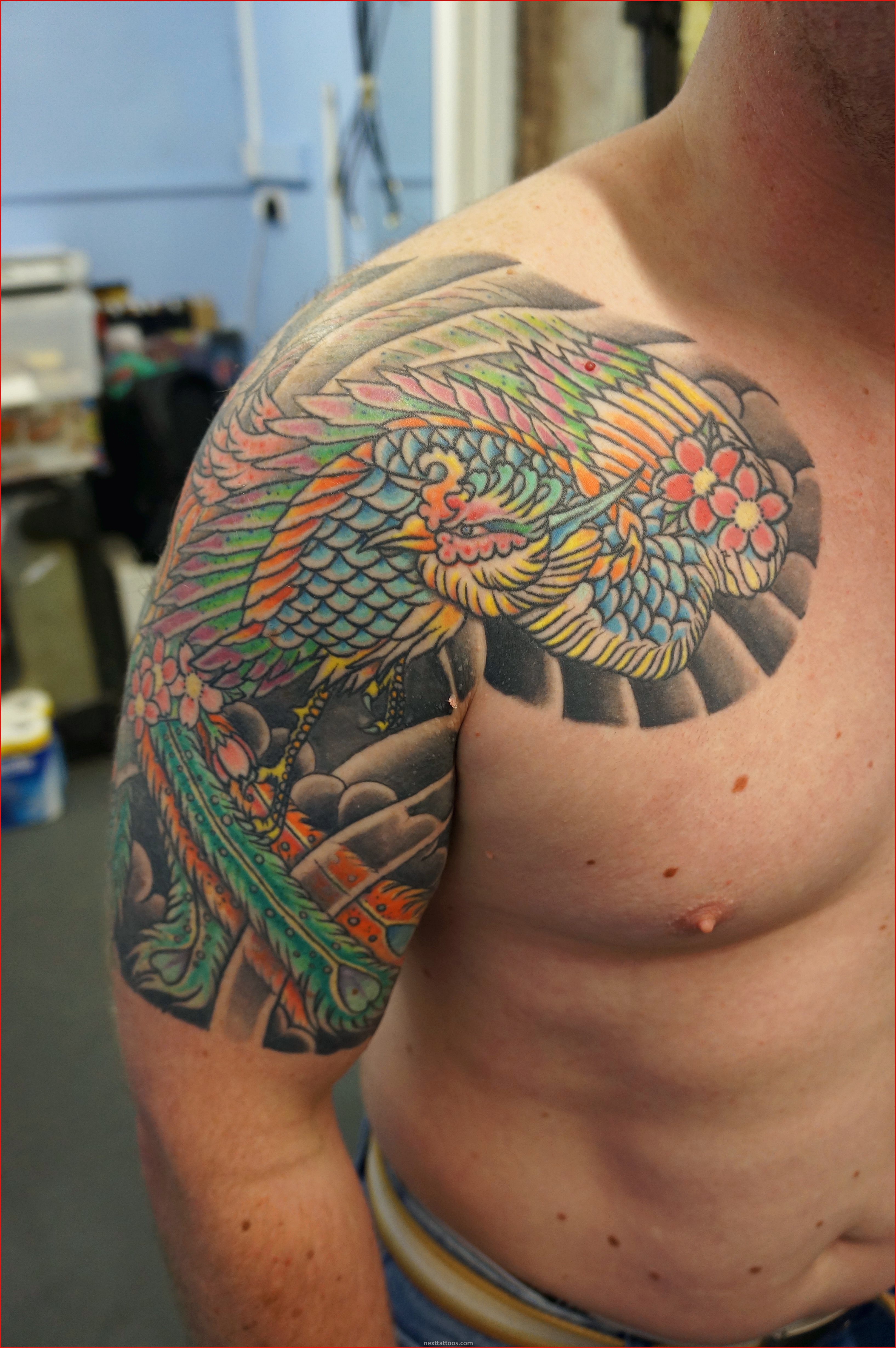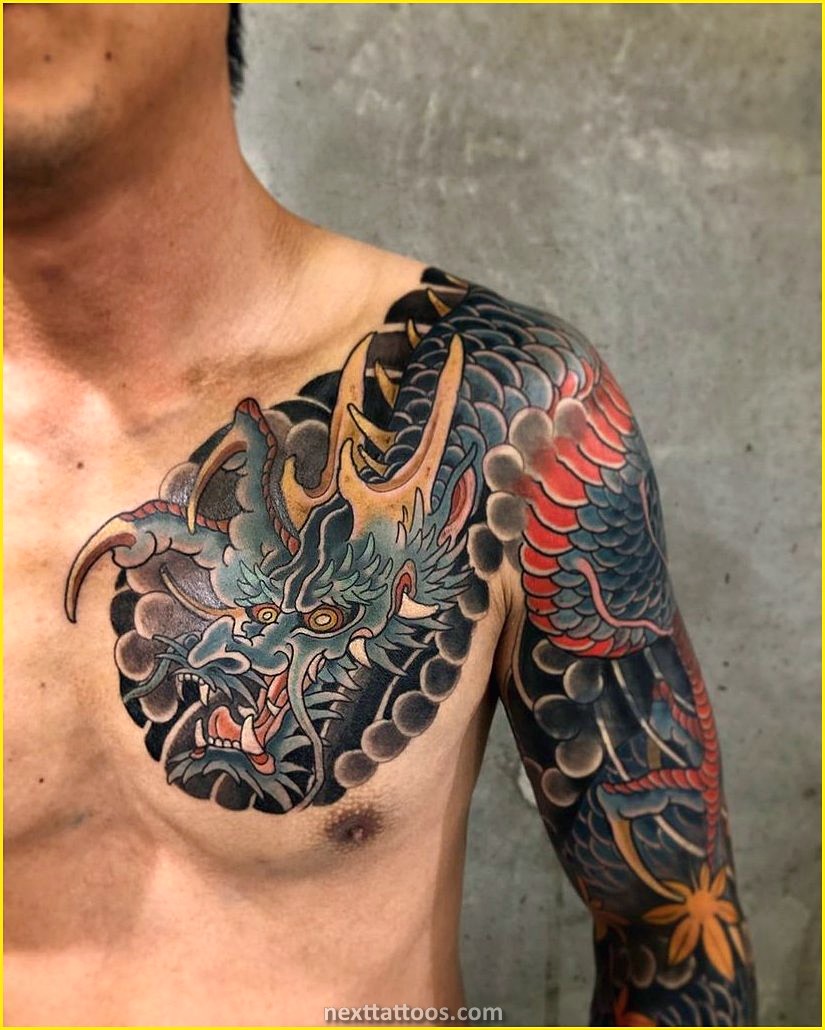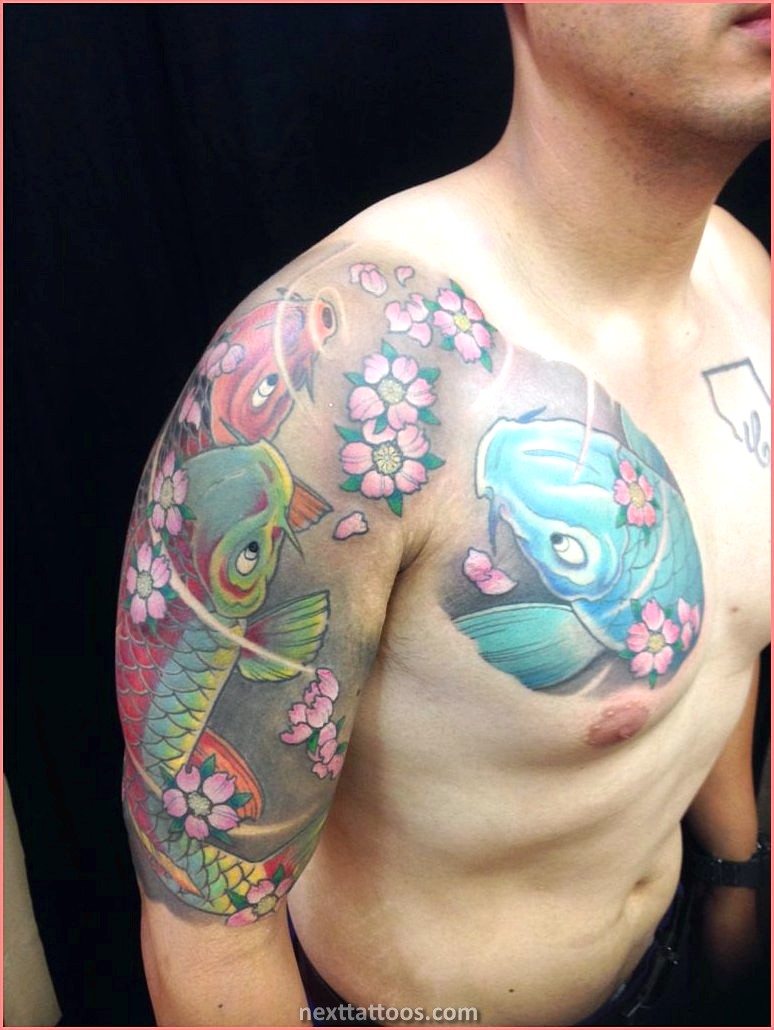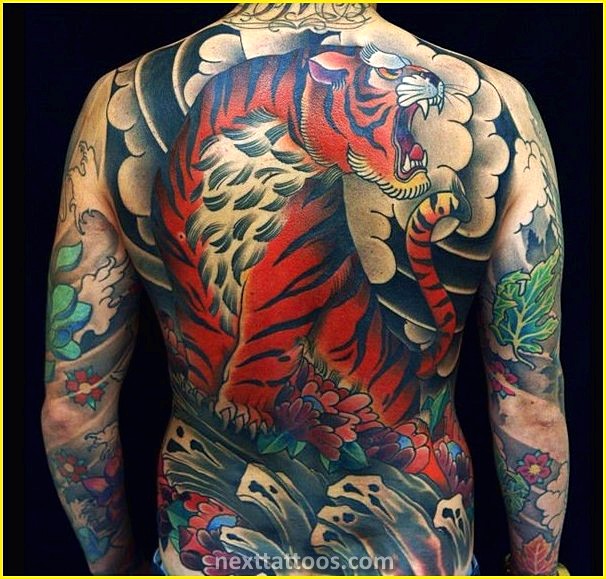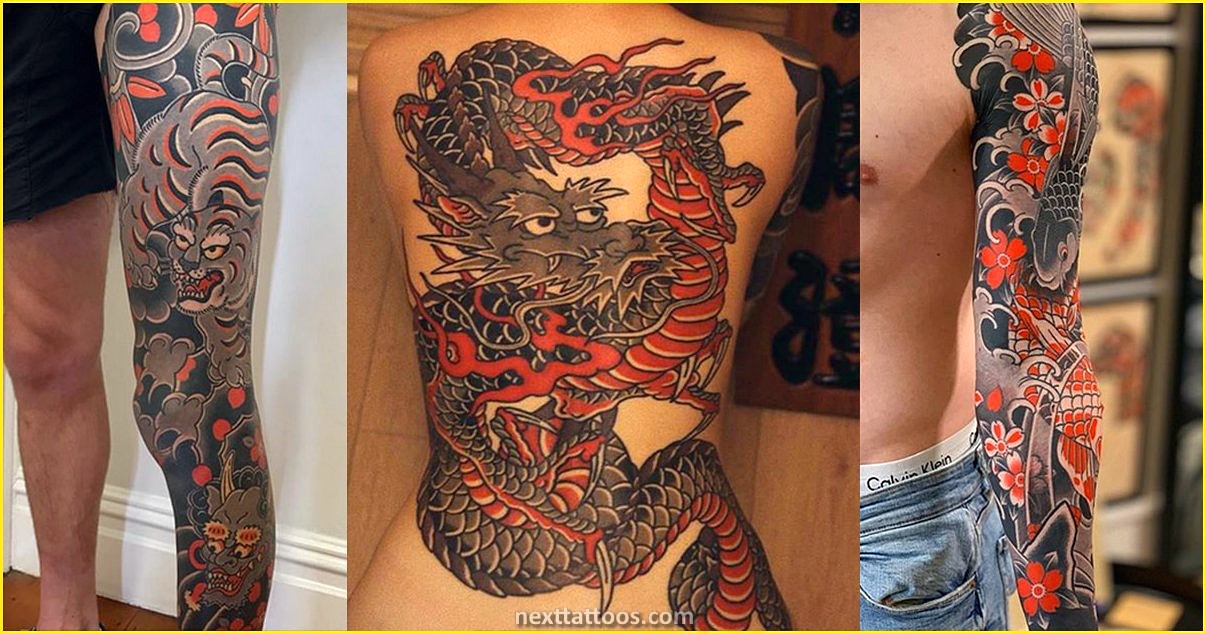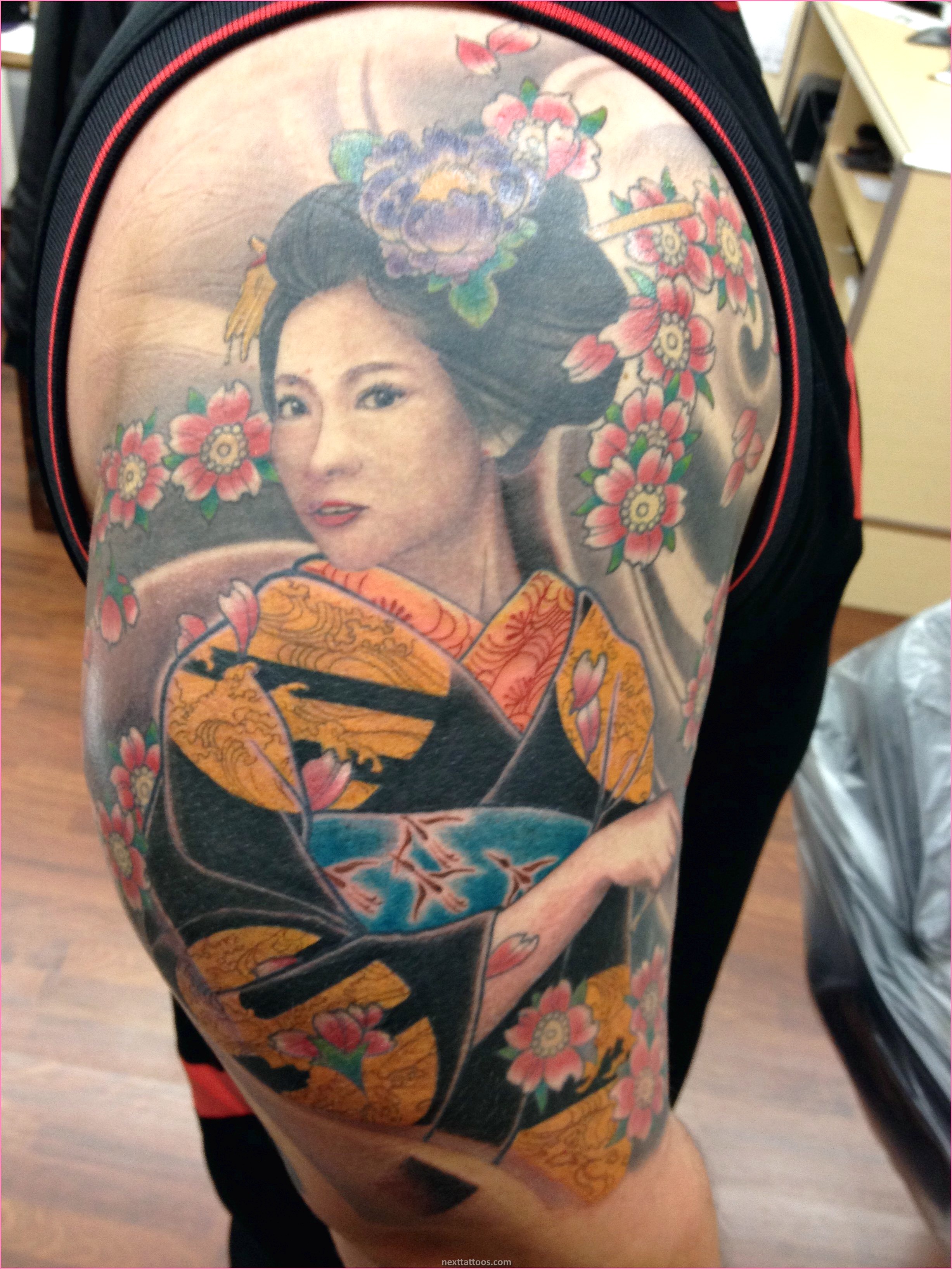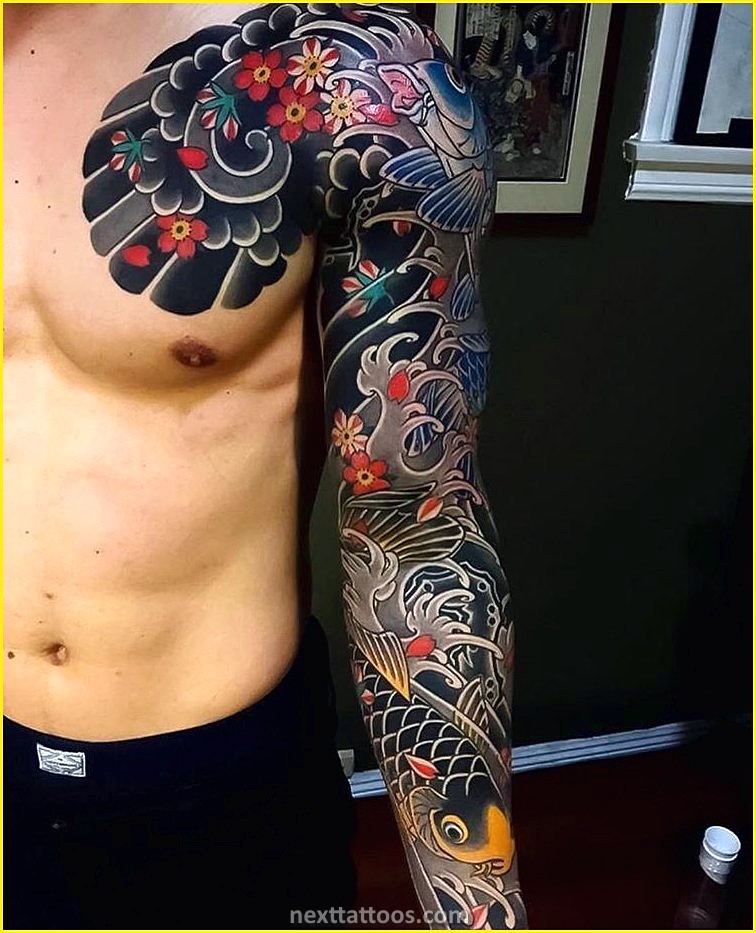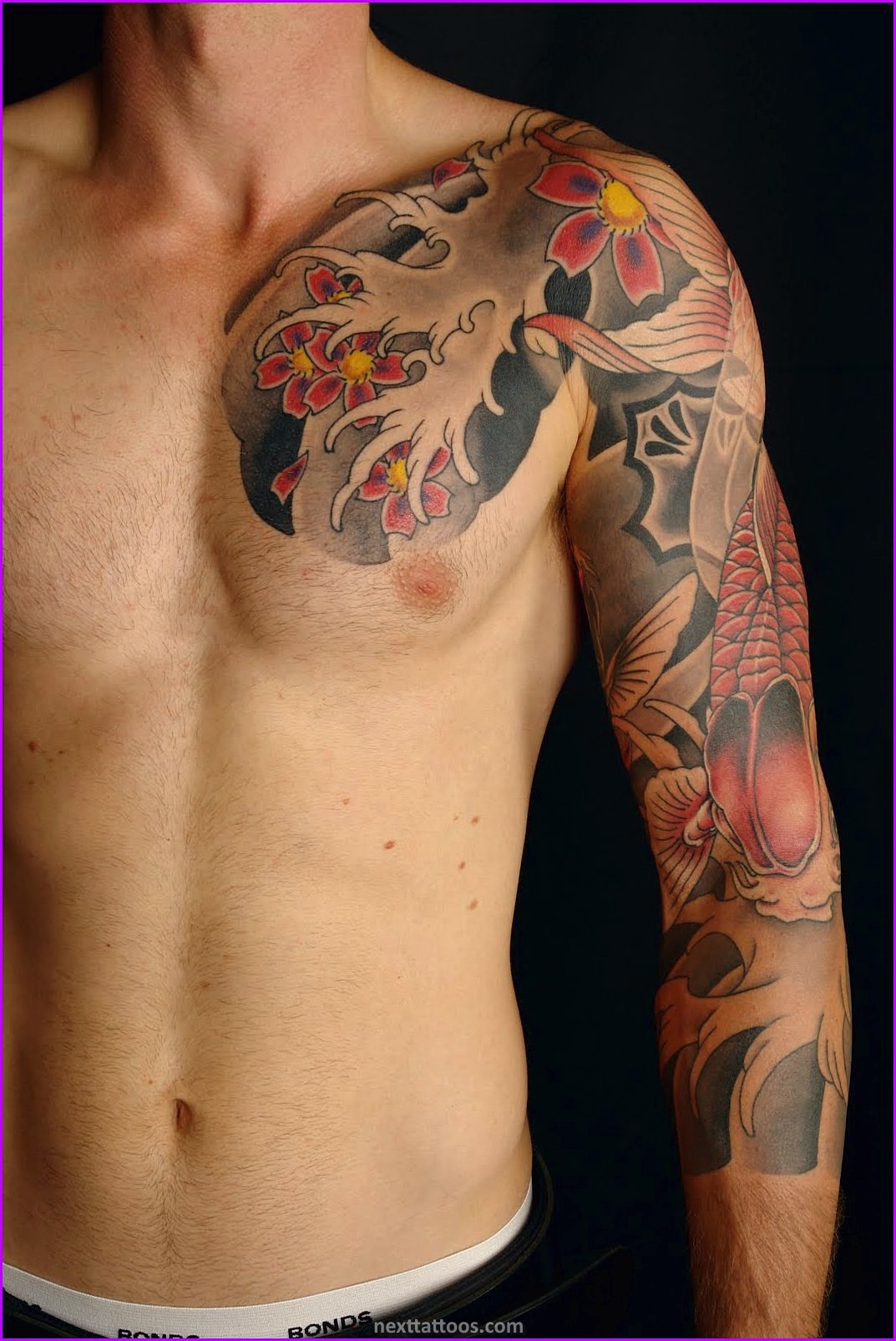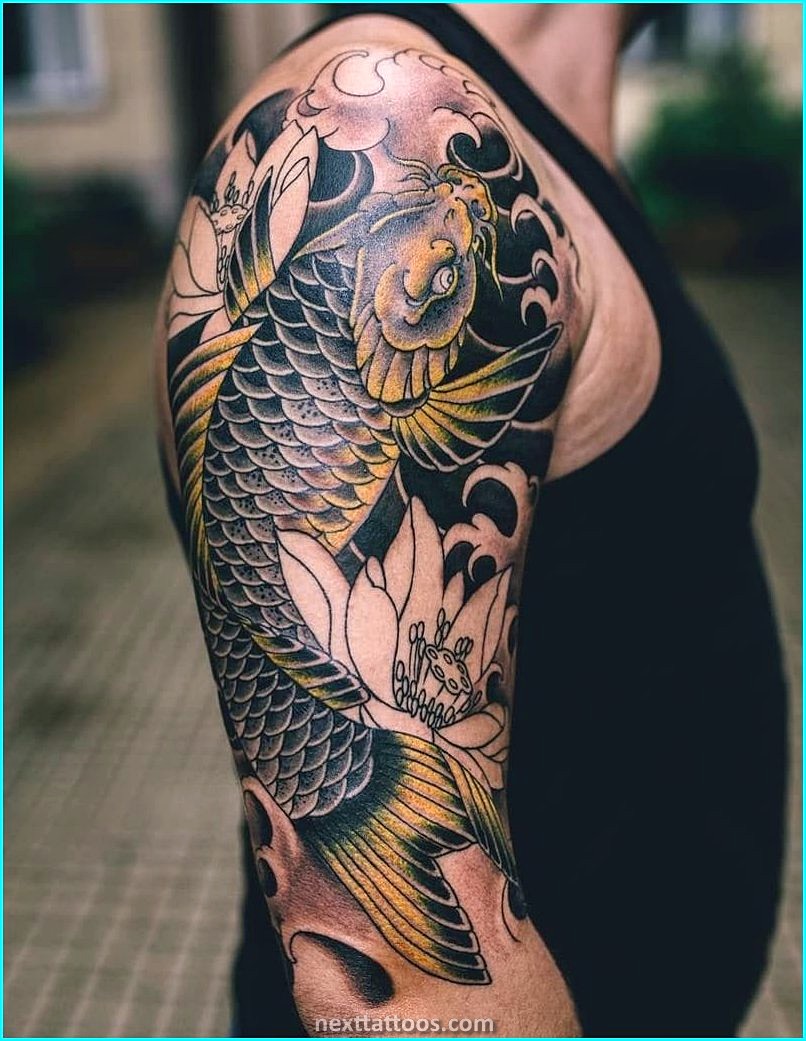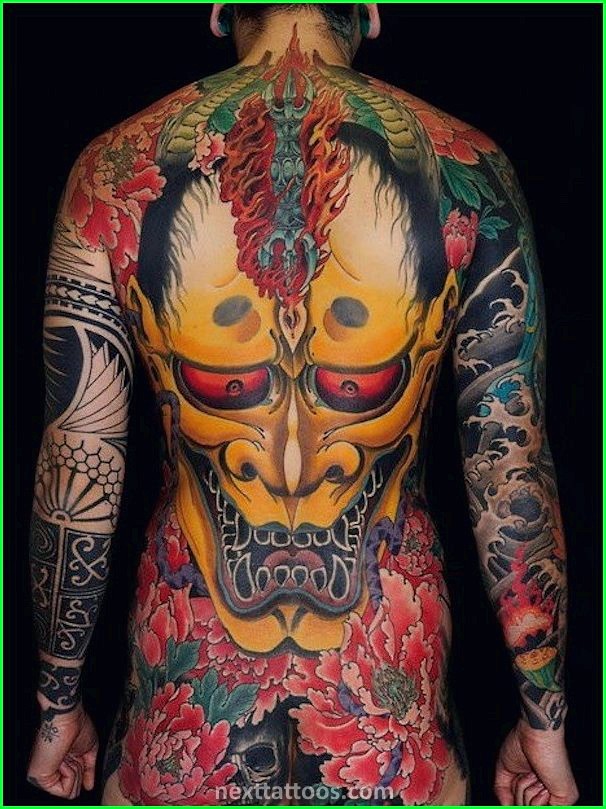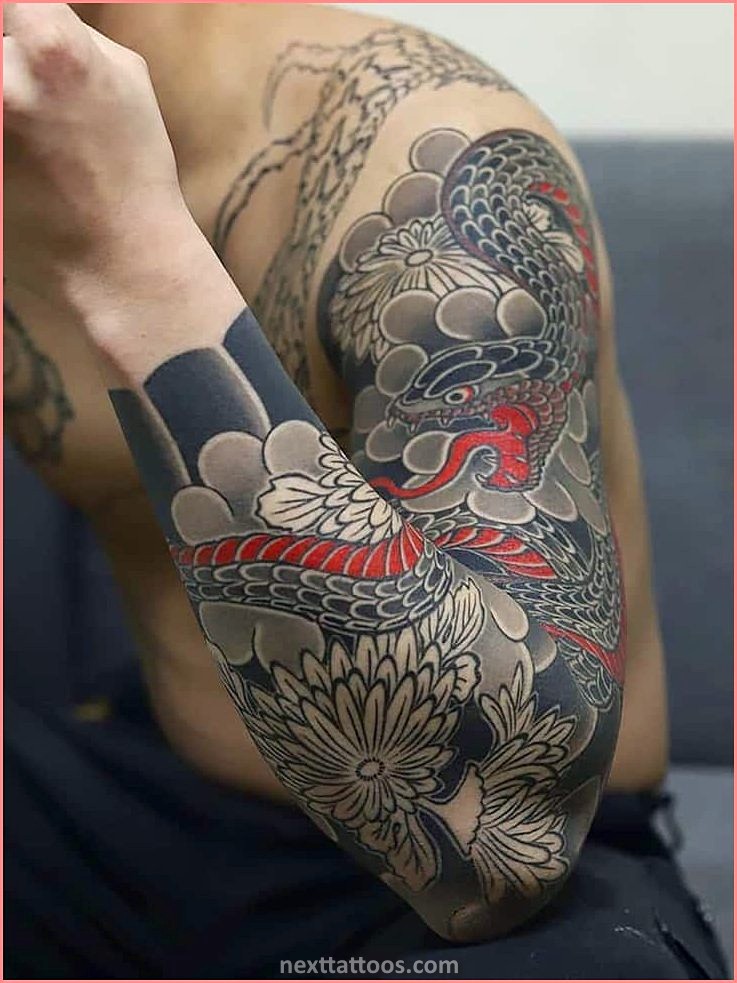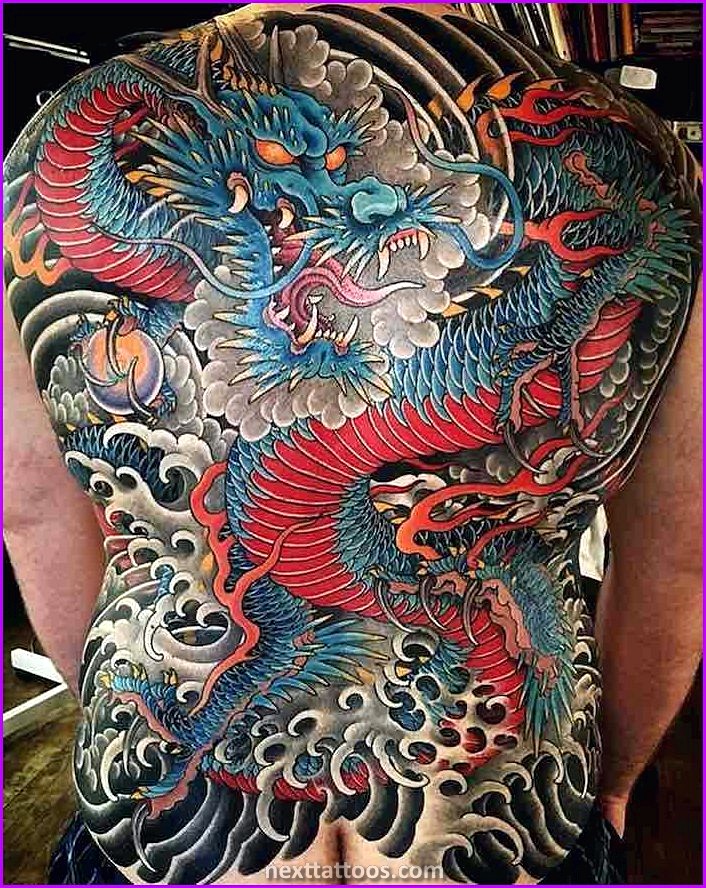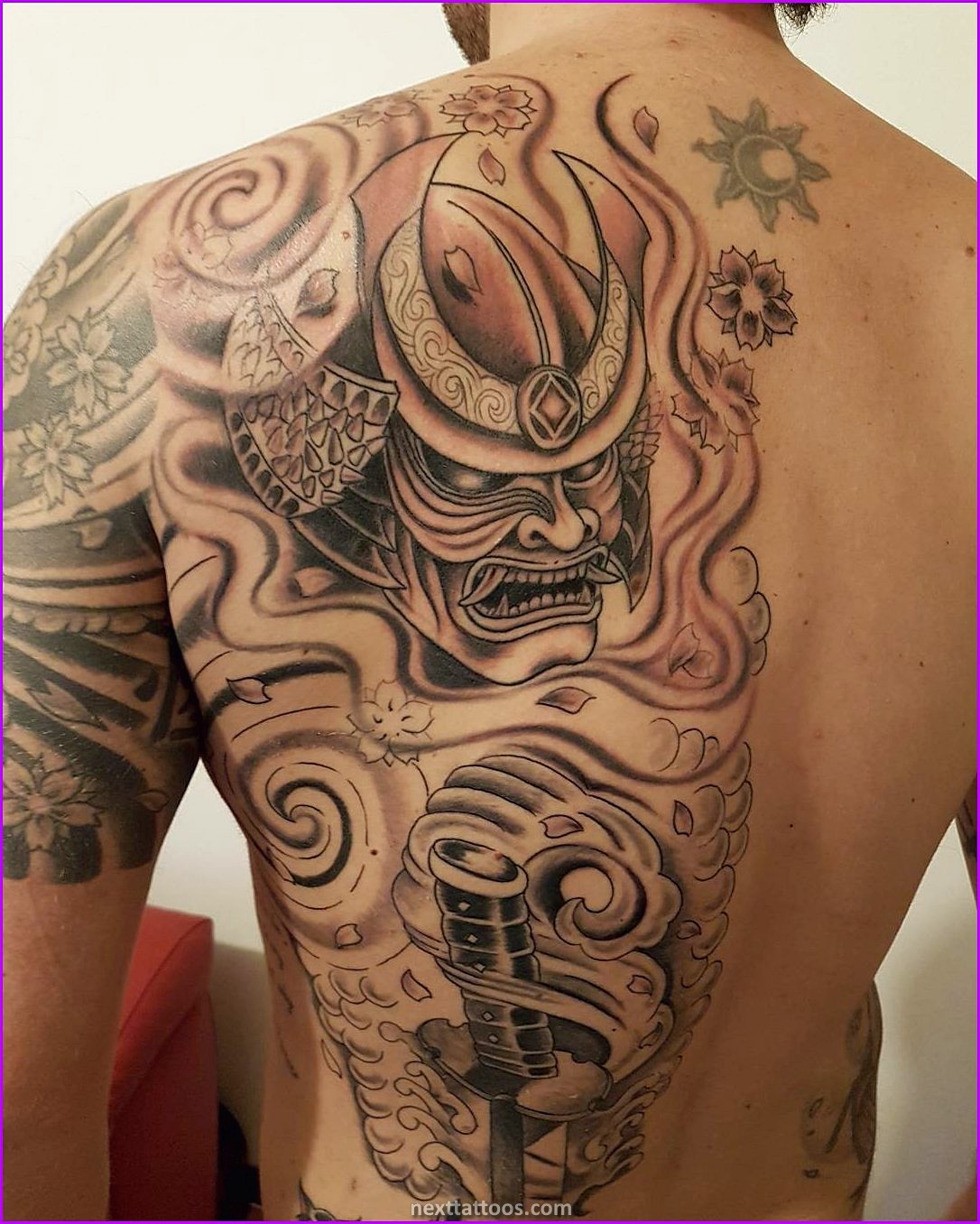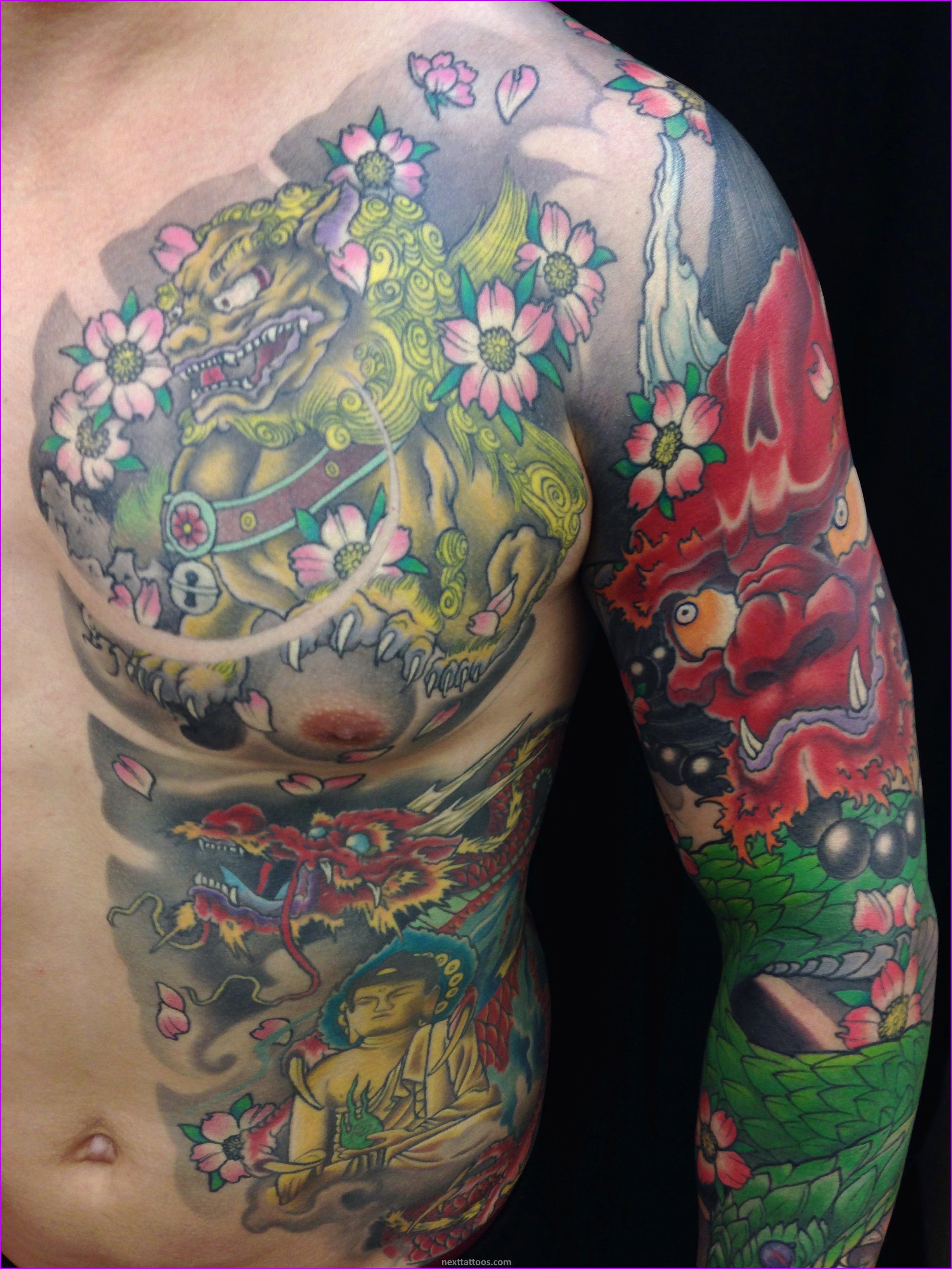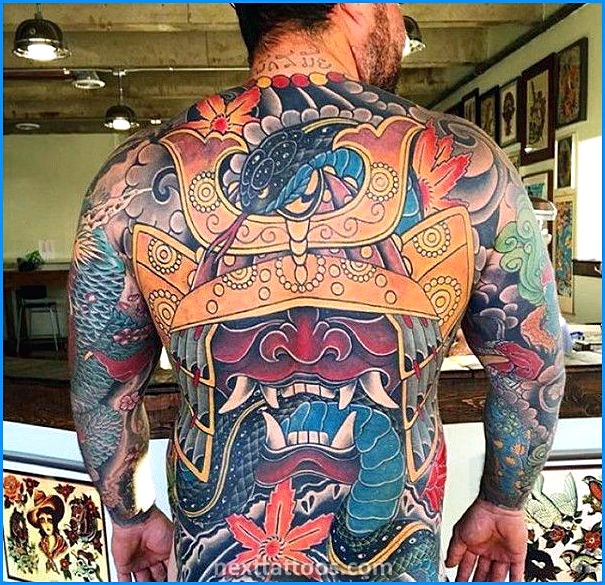Japanese Tattoo Meanings
If you want to get a Japanese tattoo, you’ve probably heard about the Fu dog. The Fu dog is a symbol of power in many Asian cultures. It is also known as the lion dog, foo dog, and the kasa. They are usually shown in pairs, representing the yin and yang aspects of the world. This is a popular design element in Japanese tattooing.
You may not be aware of the significance of the crane in Japanese culture, but this bird has an interesting history. It symbolizes hope and peace. It is considered to be an otherworldly creature, and some legends even mention the crane bringing good luck. It is also a symbol of wisdom, longevity, and strength. This tattoo requires a lot of detail, which is why it is often placed on the thigh or arm.
If you want to get a Japanese tattoo, you have to be willing to pay the price for it. Fortunately, there are plenty of options available. Leg sleeves, for example, are an ideal option for showcasing your new Japanese tattoo. They will not cause much pain when inked on the leg, but they are well worth it. If you’re willing to endure the pain, however, you can opt for a shorter sleeve.
The Oni is the most common design found on a Japanese tattoo. This fish symbolizes evil and is associated with demons. Oni can also be monks, so they’re often associated with demons. The Japanese word for “demon” is yokai, and they’re marauding ogres. They are a common design in Japanese tattoo art, and are best placed on the leg and arm. They can have various meanings, and different colors have different associations.
The Japanese tattoo is often a symbol of nature. It is common to find wave designs on the back of a tiger. The waves are associated with movement and strength, and are common in Japanese art. Similarly, the ups and downs of life are symbolized by the ups and downs of water. Regardless of where you get your Japanese tattoo, you’ll be glad you made the effort.
The aesthetic of the Japanese tattoo is distinctively colorful and vibrant. It can also be a representation of Japanese culture, clothing, or other things that are important to you. The Japanese tattoo style is a combination of traditional and modern art styles, and is a great choice for a tattoo. A cat is a good luck symbol, and is often associated with wealth. Other symbols associated with cats may include the Japanese flag or sacred images.
Cherry blossoms are among the most common Japanese tattoo designs. They are beautiful and ancient, and feature intricate details. The cherry blossom is a beautiful flower, and the wolf looks like a wild dog. The inked wolf is surrounded by orange flowers. The artist used grey shading and contouring to make the design look even more realistic. The wolf looks regal. This type of Japanese tattoo is also popular with people of color.
A lotus is another popular Japanese tattoo motif. It’s a symbol of spiritual awakening. It is commonly combined with a water theme, including koi fish. It symbolizes purity, strength, and spirituality. It can remind you of your ancestor’s life and will help you to keep your own spirit alive. It’s a great symbol for a Japanese tattoo. It can be an enduring reminder of their dedication to their profession.
Dragons are another popular Japanese tattoo motif. They are often featured in temple ponds and rivers, and in traditional artwork. While they’re not the only Japanese tattoo motif, they have long been associated with power and strength. These creatures have an almost supernatural quality, which makes them a popular choice for many men. They are also an iconic part of the Japanese culture. There’s no doubt that dragons have a special place in the heart of the ancient world.
The Japanese have many traditions that are very important. For example, they practice a unique version of the kanji script. These are also considered to be ancient and are a part of the culture. They are one of the oldest types of tattoo art. They are also the most colorful and detailed of all styles. They are also considered to be a necessity in the society. They’re beautiful and represent your uniqueness.


